







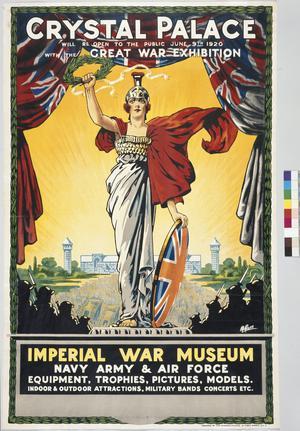

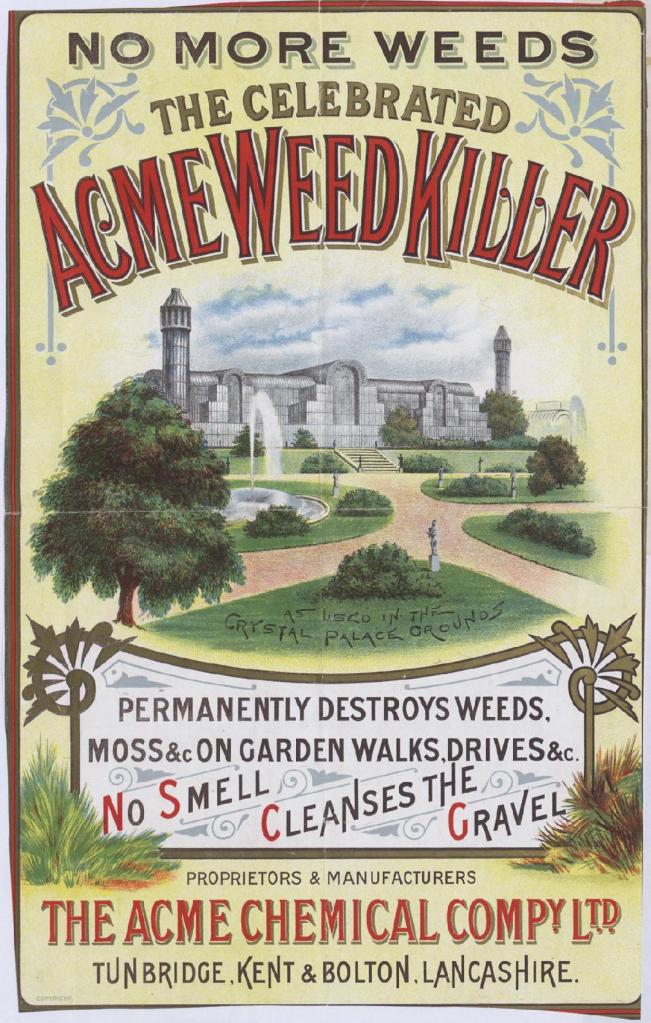
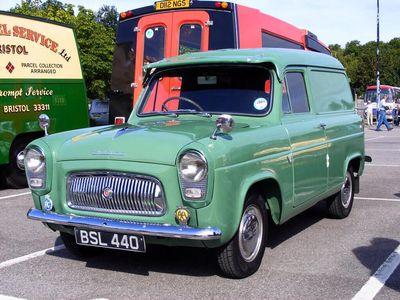
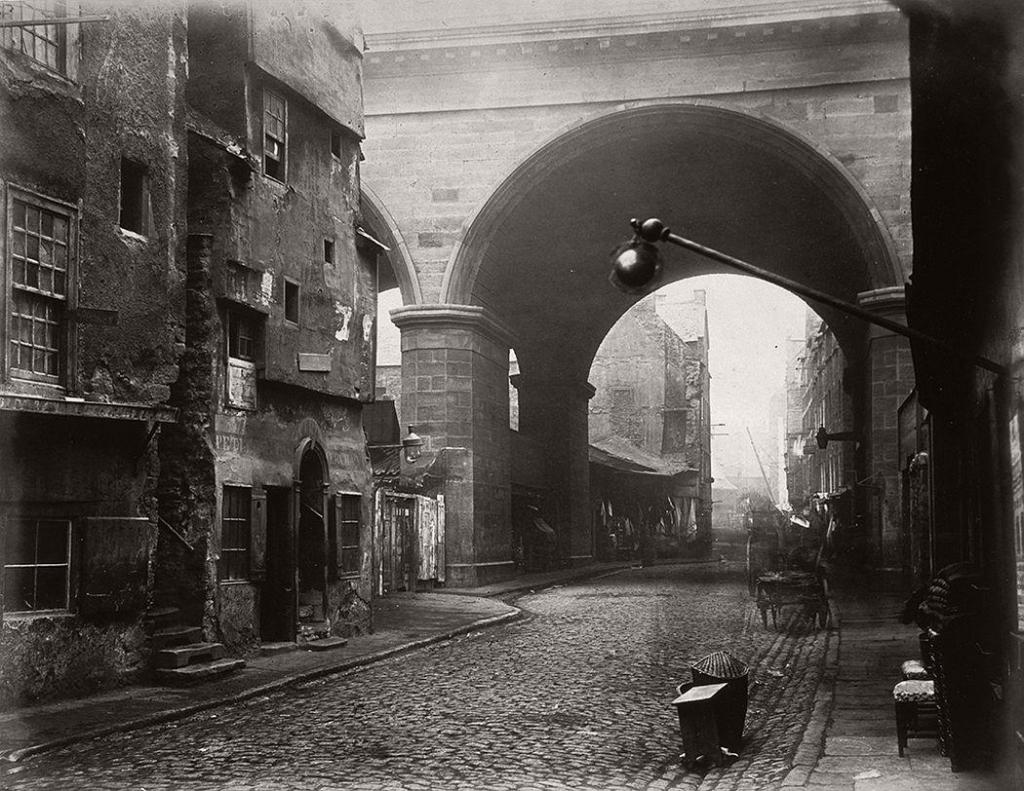
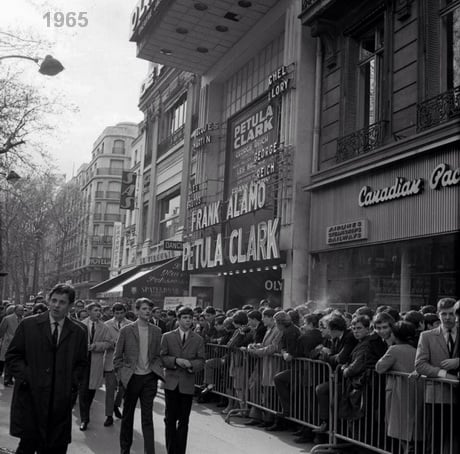



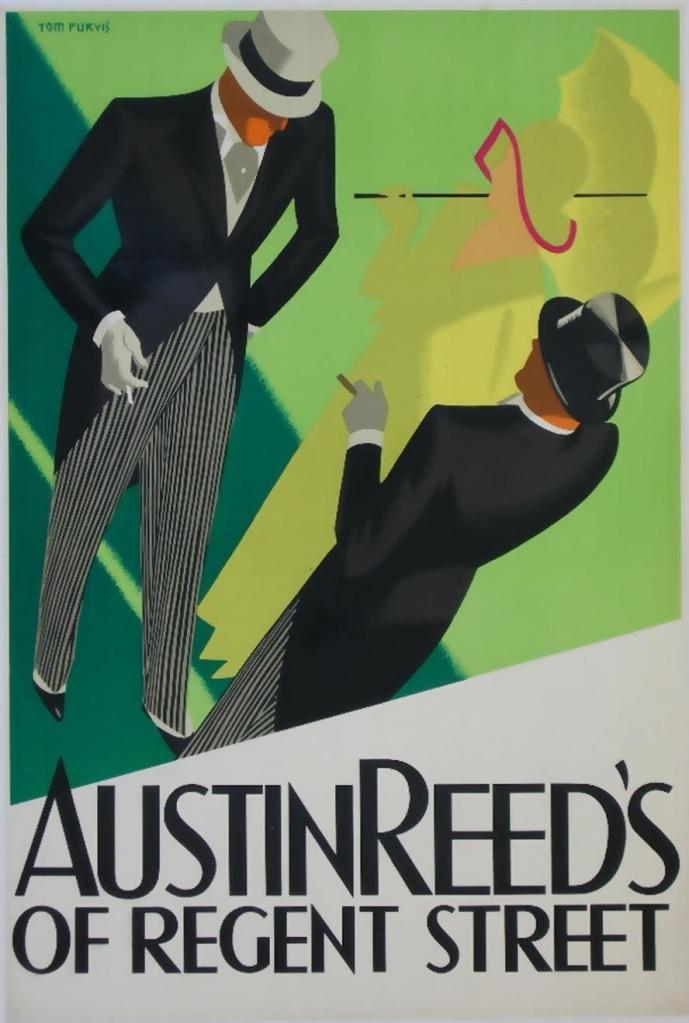
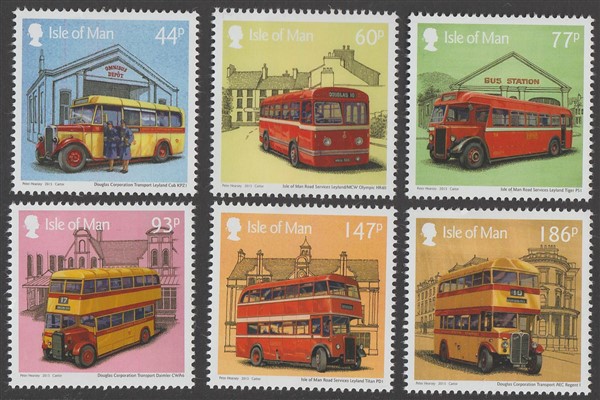





Thanks to Marcia, Quokka, Dave, et merci à Yves pour la photo de Paris.
























Thanks to Marcia, Quokka, Dave, et merci à Yves pour la photo de Paris.
I cost nothing to run so donate to https://www.broadcastingscotland.scot/donate/
The bilingual blog about all things British
Love, theatre and ideas
British Wildlife & Photography
Why Scotland should be an independent country
Thoughts about Scotland & the world, from a new Scot
Bipartisan dialogue for the politically engaged
Impartial Everytime Always
We Provide The Facts, You Make The Decisions
Exploring Rhymes, Reasons, and Nuances of Our World
Mark Doran's Music Blog
Songwriter / Guitarist
This site supports Scottish Independence
A comic about history and stuff by FT
The embittered mumblings of a serial malcontent.
an irreverent look at UK politics
Exploring the Depths of Curiosity
Nature + Health
http://netbij.com
Movies, politics, comedy and more...
I don’t think I’d have a 100E as a gift, unless it had had a crossflow transplant.
Odd wheels on the J40
Segs!
LikeLiked by 2 people
I love the way a comment that contains technical references……”100E”, “crossflow transplant”……combined with an apparent slang term from a language and culture not your own ….”Segs”…….can read like a foreign language! 😉
LikeLiked by 1 person
The Ford van was fitted with a 1 litre side valve engine by Ford.
Performance was adequate, for a 10cwt van.
The next engine was a Kent engine, same swept volume but an overhead valve design, available in various volumes. In 1970s the arrangement of the inlet and exhaust manifolds were on the opposite side of the cylinder head, hence crossflow.
Used to have one as a parts pick up vehicle, the vacuum windscreen wipers operated inversely to need.
Two nations linked by a common language with different word meanings.
LikeLiked by 2 people
Thanks Dave! Fun to learn what shorthand tech descriptions actually mean. As for different words….especially slang terms…… in different cultures which use the same language, Google has taken a lot of the mystery out of it. But it’s still sometimes hard to figure one out. It just occurs to me that American English and British/Scottish English can’t even agree on what to call a windshield (or windscreen) wiper. 😉
I vaguely remember an old restored car I rode in years ago that had vacuum windshield wipers. Very strange operation! Electric wipers were surely a great invention.
LikeLiked by 1 person
The side-valve engine in the old 300E Thames van was an ancient device going back to the Model Y of 1932.
This version was the 10HP one, actually being of 1172 cc volume (an 8HP, of 933cc capacity, was also available originally).
This was also fitted to the German Ford Taunus and continued in production until 1962.
Agree about the vacuum wipers. Going uphill on an open throttle they barely moved but going downhill with throttle trailing they went at phenomenal speed.
Hopeless but cheap and still used by Ford into the 1960s…
LikeLiked by 1 person
I think that the vacuum wiper experience was why my dad never bought a Ford; he’d had a hired Classic saloon to go to London for work. This was when the A1 was 3 lanes wide, and anybody could use any lane as long as there was nothing going the other way in it. It was a wet trip and he was overtaking wagons almost blind due to these wipers. He didn’t enjoy the experience much…
LikeLiked by 1 person
Without knowing anything about them, it doesn’t seem like a very handy arrangement to me…
LikeLike
LOL…
LikeLiked by 1 person
Bumper edition, this week. Thanks, tris.
Pic 3: I only ever knew Walnut Whips with the nut on top. A treat at Christmas.
Pic 6: We used to have a washboard in the shed. It required thimbles to make music.
Pic 8: Very intriguing. Who or what was Blakey?
Pic 14: I am probably wrong, but it reminds me of Edinburgh, near Bannerman’s.
Pic 25: I am kicking myself for not putting a name to this singer, even though he was before my time. I will google him later.
LikeLiked by 1 person
14 – You are right. The photo was taken in 1860.
LikeLiked by 1 person
25 – Nat ‘king’ Cole, supposedly ‘Unforgettable’.
(sorry)
LikeLiked by 1 person
LOL LOL LOL @ Roddy.
LikeLike
The other side of Bannerman’s. It’s where the ground floor of Central library is now.
LikeLiked by 1 person
An 1882 view of the Hope family house in the Cowgate, immediately to the west of the great arch of George IV Bridge (1829-1834),
https://sites.google.com/site/joerocksresearchpages/_/rsrc/1328784209558/home/john-hope-s-house-in-edinburgh-1680/Hope%20house.jpg?height=306&width=400
The site is today occupied by the Edinburgh Central Library.
(courtesy Edinburgh Public Library)
LikeLiked by 1 person
This building differs from that in today’s image, which must therefore (as another poster has stated) be on the opposite (eastern) side of George IV Bridge.
LikeLiked by 1 person
I wonder when they stopped putting the nut on top…
Blakey’s segs. Foundry in Walsall, England where they make show protectors. I’m not sure that anyone wears them much these days, but they still exist.
(Pardon the hideous flag…)
https://blakeys-segs.co.uk/shop/
LikeLike
Number 2 – a bit of vigour to go with the Vim.
Number 3 – Good to see where brands started out before being taken over by a larger firm.
Number 5 – I heard on the radio this week that someone had penned something in the mid 1850s to the same effect.
Number 6 – useful when there are power cuts or when the launderette is shut.
Number 12 – I hate to think what is in that weedkiller.
LikeLike
Pic12 – seems to be claiming that it was the weedkiller for the Crystal Palace – The Great Exhibition of 1851.
LikeLiked by 1 person
Indeed, Andi.
Hyde Park …weed free!
LikeLike
Aye, Marcia… kills your weeds, your pets, your children and your granny!
LikeLike
But did it kill road runners. ? Asking for a coyote pal.
LikeLiked by 1 person
LOL…
LikeLike
Pic 3 – Duncan’s Walnut Whip – when I was a kid, for adults only. I remember, I think, Duncan’s Hazelnut – very god! Pic 6 – A washing board – remember them well. In addition to the metal (aluminium?) type, there were some with glass scrubbers. An absolutely component of skiffle groups – as DonDon says all you need are thimbles (and a good sense of rhythm) for playing one.
Pic8 – Segs – the essential item to preserve your shoe soles – and brilliant when slidin doon the corridors in school!
Pic 24 – a splendid Stanier 4-6-0 Mogul Loco, in BR colours but formerly LMS, if I recall aright.
Pic 25 – the inimitable Nat ‘King’ Cole.
LikeLiked by 1 person
Duncan was an Edinburgh firm.
http://www.edinphoto.org.uk/0_my_p_edwk_d/0_my_photographs_edinburgh_at_work_-_duncans_chocolates_0_history.htm
LikeLike
14: is Edinburgh’s Cowgate in approx. 1860, with the arch supporting George 4th Bridge above. The architect was the same James Hamilton who gave us the Royal High School on Calton Hill. James Connolly was born somewhere within this view. The slum on the left (or possibly on the other side of the arch) was cleared for the building of Edinburgh Central Library.
LikeLiked by 1 person
Tom, is Bannerman’s just beyond the bridge on the left?
If so, I attended lectures in the building just beyond the bridge on the right.
Front access on Chambers Street.
The other convenient pub was Greyfriars Bobby.
LikeLiked by 1 person
Hello DonDon
I don’t know Bannerman’s myself, but according to a map on its website, it is just to the east of the next bridge down, so just east of the bridge which takes South Bridge over the Cowgate.
Going back to Hamilton’s bridge, it’s difficult to tell from the photo if it’s been taken from the Grassmarket side, looking east, or the other way round, but my guess (from the slight curve in the pavement, to the right in the photo, and still visible today) it’s from the Grassmarket side.
I knew the photo from a wonderful book, “The Making of Classical Edinburgh” (Edinburgh University Press) by AJ Youngson, first published in 1966 and reprinted several times since, most recently two years ago. It is absolutely not just for architectural or building nerds, and I strongly recommend it to anyone interested in how the Edinburgh we see today was shaped. Lots of great illustrations too!
LikeLiked by 1 person
LikeLike
Impressive, Tom.
LikeLike
15: Odeon Marble Arch?? (the version demolished mid 60s to make way for the version demolished 2016)
LikeLike
changed my mind .. it’s the Paris Olympia music hall.
LikeLiked by 1 person
Actually, Tom, it does remind me of the Olympia (fantastic theatre)… but sorry, it’s actually in Canada.
LikeLike
The more I look at it, the more I think it is the Olympia.
LikeLike
It’s in Montreal, Tom. Frank Alamo was a French singer from the 60s.
https://en.wikipedia.org/wiki/Frank_Alamo
LikeLike
Mr Editor, trispw and I really need to know. Montreal or Paris?
If Paris, there was a pub in a basement next door, just out of sight on the right, that billed itself as “Le Pub Le Plus Écossaise de Paris”.
I spent a night there with a Glaswegian lad who worked in Paris, and played rugby for a Scots team there. This was their annual night out. Drunk? I’ve never been so completely legless ever (although close a few times ..).
LikeLiked by 1 person
I’ve messaged my friend Yves in France (he sent it, marked Montréal). I’ll let you know as soon as I hear from him, but I’m pretty certain you are right and it’s Paris.
Oh, the happy times I’ve spend at the Olympia.
I haven’t seen the Scottish pub though. Blvd. de Capucines is an amazing place.
LikeLike
Confirmed. It’s the Olympia (you couldn’t have been that drunk).
If you look next to the 1965 you can see “OL” on the name board.
My apologies.
LikeLike
trispw, there is an Olympia music hall in Montreal, so you were right too. And remember, my first suggestion was the Odeon Marble Arch! I mean, how wrong can ye get??
I saw only one show at the Paris Olympia; a concert by the great Charles (‘La Mer’) Trenet in about 1969. Never to be forgotten.
Ah, when I was a mere boy ..
LikeLiked by 1 person
Brilliant, Tom… I’d no idea. I think the theatre I saw Petula in Montréal was Place des Arts, but maybe that was Québec.
Here’s the Canadian Olympia.
http://photos.cinematreasures.org/production/photos/155300/1453164482/large.jpg?1453164482
Charles Trenet wasn’t just a brilliant writer, he was also a very entertaining performer…
Who knew that wet feet made a noise “flic flic flac”
Place des Arts, Montréal.
LikeLike
Cinema Treasures is a terrific website! Did you know it, or stumble across it?
And regarding flic, flic, flac, take a look at this ..!
LikeLiked by 1 person
Must have been fantastic to see him live….
LikeLike
John Blakey invented his segs (segments of metal) in 1880 to make shoes last longer. My grandad used to nail segs (don’t know if they were Blakey’s) to my boots when I was but a lad so I could scuff them off the road and make sparks. Great on boots, probably not so great indoors on wooden floors. I remember them being a tad slippy when running on tarmac. Not to be confused with tackets which were hobnails driven into the sole of boots along with heel and toe plates to improve wear and traction in snow, mountainous terrain, mud etc… A pair of tacketty bits were much more desirable to an 11 year old in the 1960s but alas I never had a pair. Segs were the only game in town so I took them.
That’s the thing about Munguin, it sometimes causes you to go research some really interesting stuff. Or maybe not so interesting as the case may be…..🤔
LikeLiked by 1 person
LOL. Bang on. I was surprised to see that they still make them. They used to make shoes last longer as well, I suspect. It would be harder to wear them down.
Munguin is always making me think!!!
LikeLike
Segs – the urban softies’ tackets.
LikeLiked by 1 person
Ha ha ha ha … Tackety bits…
LikeLike
When I was at secondary school there was a craze for putting segs onto your boots. It didn’t work with Doc Martin’s though…
LikeLiked by 1 person
LOL, they’d have bounced back out…
LikeLike
I did not find tacketty boots slippy when walking on tar. Tar was one of the few street and road surfaces on which I did not slide. Up to the 1970s many of the streets in Glasgow, if they did not have setts, had a hard grey shiny surface, which was great for sliding on! Most of the pavements had large flagstones which were also good for slifing on. Sometimes, if the flagstone had cracked and had been shoogled out of position, boots would colide with the edge and I would get pitched on my face. Most boys of that era had skint knees and hands from such falls.
My daughter recently resumed tap dancing , having given it up in her early teens, So, I had to rummage about to find her old shoes to send to her. Unfortunately, the taps had become loose, so I had proposed to put on segs, but, she demurred. Eventually I found a wee shop in Maryhill Road that sold the appropriate fittings.
LikeLiked by 1 person
I imagine tree roots also caused unevenness and more skinned knees…
🙂
LikeLike
There were not a lot of trees in the slum districts of Glasgow!
LikeLike
No, I suppose not…
LikeLike
No. 18 is the cream of this week’s crop, I must say…
LikeLiked by 2 people
LOL… Munguin suspected you’d like it and said as much to me…
LikeLike
Not certain. Is No.22 Bonnie Parker and Clyde Barrow?
LikeLiked by 2 people
Alex…..As much as Bonnie and Clyde liked to pose by fast cars, that doesn’t look like them.
Bonnie and Clyde:
The last time we were in Joplin…..in southwest Missouri……we visited the garage apartment where the Joplin shootout occurred on April 13, 1933. Now in a developed residential area, it looks different than it did then when the police took cover behind trees. The gang killed two law enforcement officers and escaped into Kansas and Oklahoma. Three state lines (and law enforcement jurisdictions,) Missouri, Kansas, and Oklahoma, come together at a single point just a few miles away. The picture of Clyde holding Bonnie aloft was developed from a roll of film they left behind when escaping the Joplin apartment.
1933:

Today:
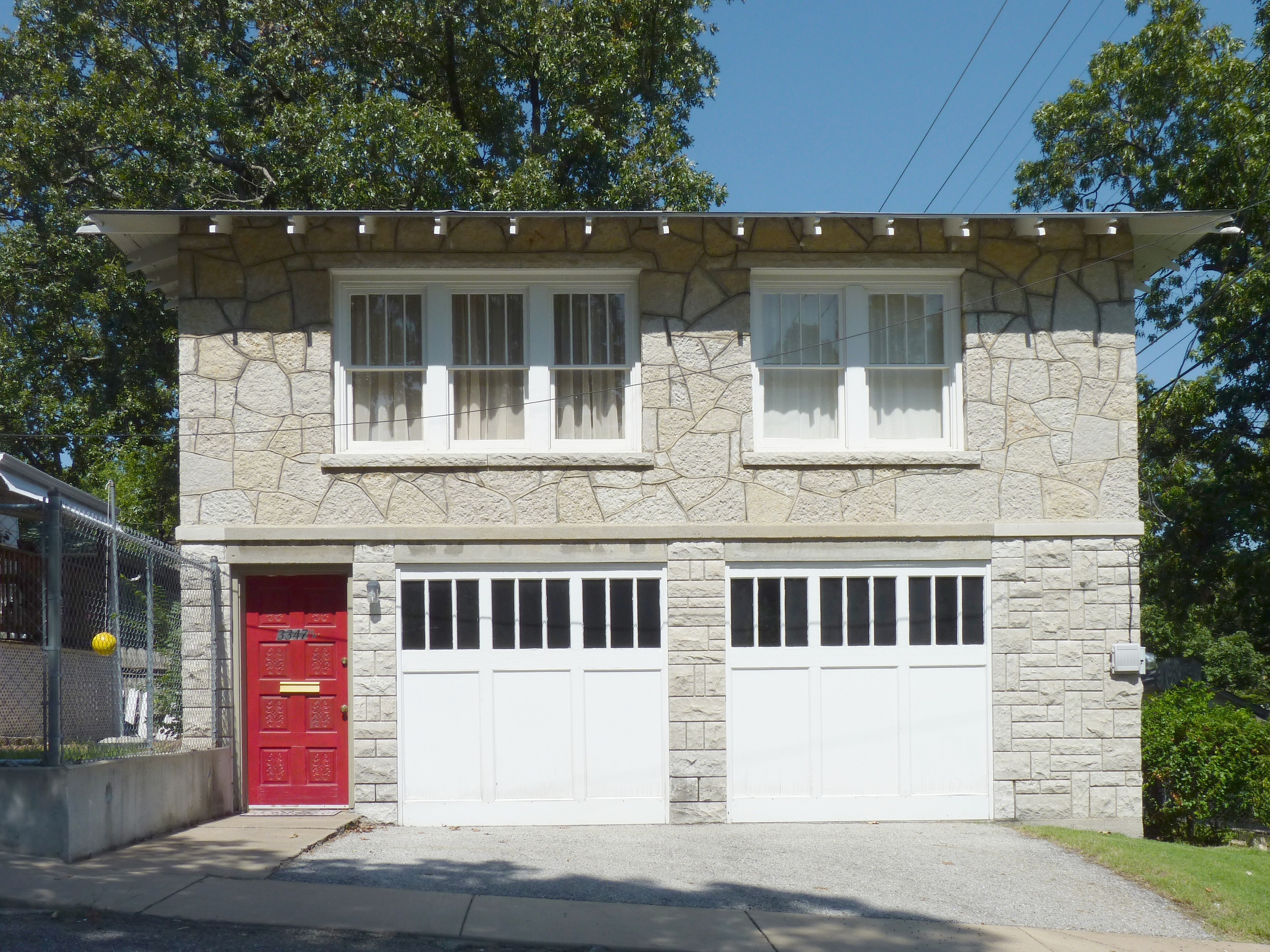
LikeLiked by 1 person
Good question, Alex. I think it was Dave that sent that in. Maybe he can answer.
LikeLike
The bus is right-hand drive, Alex, and parked on the left.
This suggests it’s not America and so unlikely.
Conveniently, they’re sitting across the front and obscuring all the identifying details bar the badge, which I don’t recognise.
If only we had a bus anorak who regularly contributes to the site…
LikeLiked by 1 person
LOL… Erm, excuse me… he’s been upgraded to a Professor of Busology.
LikeLike
Tee Hee! methinks Reo perhaps?
https://encrypted-tbn0.gstatic.com/images?q=tbn:ANd9GcRix8atLulljnwRZeeIZi8tgu-kKPhuZsOLWA&usqp=CAU
LikeLiked by 1 person
Well done, Professor Roddy!
Being RHD, I had overlooked the idea that the bus was American but REO is a good fit.
Still don’t know who is in the photo, though…
LikeLiked by 1 person
Don’t get above yourself.
LikeLike
I don’t recognise the people either, and the background detail is so sketchy it could be just about anywhere.
The bus, here, is just a prop, but the badge looks like the radiator badge used on REO buses and lorries c.1930.
REO’s were quite popular at that time with smaller independent tour operators, they were imported but assembled in London. Their best known vehicle was the ‘Speedwagon’ a chassis used for various commercial purposes as well as buses..
Nowadays they’re probably best known because a soft-rock American band of the 1980’s liked the name so much that they adopted it ……!
LikeLiked by 1 person
Wonderful…
I prostrate myself before the innate cognition of the erudite professor.
LikeLiked by 1 person
🙂 Quite rightly!
LikeLike
#6 is a musical instrument:
(There was a Mobile and Ohio Railroad chartered in 1848 which was planned to span the distance between the seaport of Mobile, Alabama, and Cairo, Illinois, where the Ohio River flows into the Mississippi. Wiki: “The line made it to Columbus, Kentucky on April 22, 1861, and steamboats were then used to connect with the Illinois Central Railroad at Cairo.”)
LikeLiked by 4 people
6 is indeed a musical instrument and it’s making a bit of a comeback. My own recommendation is ‘The Reverend Peyton and his Damn Big Band’. This’ll cheer you all up.
LikeLiked by 2 people
LOL
LikeLiked by 1 person
21 is Perth High St, looking towards St Paul’s Church, dating from 1807 and recently restored . Always struck me as very basic Victorian gothìc with simple ‘Y’ windows – forget precise term.
Don’t think the Black 5 was a “Mogul”, which was possibly a 2-6-0. Did 4-6-0′ s ever have a “name” ? Most of the names for locos with different wheel arrangements, eg pacifics, prairies, mountains, derived from quite idiosyncratic origins. Perhaps there were so many 4-6-0 classes on so many railways that the wheel arrangement was never linked to one origin.
LikeLiked by 1 person
Cairnallochy, the pic is of BR42968, originally LMS13268, later LMS2968 and is a 2-6-0. Mogul is the agreed term for that wheel arrangement. She was built in Crewe in 1934. Black 5s, like all other 4-6-0 locos in Britain, had no name for that wheel arrangement. Strange when it was such a common one.
LikeLiked by 1 person
Should have mentioned that BR42968 is currently preserved at Severn Valley Railway.
LikeLiked by 1 person
capnandy1……Excellent!
LikeLiked by 1 person
14 is taken from the Holyrood side facing towards the Grassmarket ( so Bannermans is behind you on your right). It is shocking the state of repair of the buildings. Many of our ancestors lived in the sort of squalid overcrowding and poverty we rarely see in Western countries now. Never forget that. We are few here who are not from miners or ropemakers or landless dispossessed. The airs and graces of the Edinboureoisie should be tempered by reminding themselves of that from time to time. One Scotland.
LikeLiked by 2 people
Yes. While the rich were making vast fortunes from the Empire, the poor were barely existing, living in grinding poverty and in terrible conditions.
LikeLike
Duncan’s chocolate was part of the British army rat packs, I’d heard when the MoD stopped the contract they went out of business, but that may not be true.
LikeLiked by 1 person
I never liked Duncan’s Chocolate. There was a harshness to it and a graininess on the tongue which was unpleasant. I also remember that it was usually sold in backstreet sweetie shops in the really poor parts of Glasgow. Maybe people could not afford things like Cadbury’s, Fry’s, Nestle, and the other big names.
LikeLiked by 2 people
Was it cheaper, Alasdair?
LikeLike
I do not remember it being any cheaper than the conventional chocolate bars I could get in the sweetie shops near where I lived. I suspect that these gruesome bars were cheaper for the shop owner to buy, than Fry’s or Cadbury’s, but they sold them at Fry’s and Cadbury’s prices. So they had a bigger mark up. There were brands other than Duncan’s which were just as unpleasant, but I cannot remember the names. Often, these bars were sold as unwrapped slabs…….!
LikeLiked by 2 people
I’m surprised my granny liked it if it wasn’t that good… or if it was not cheaper, but it was her preferred chocolate.
LikeLiked by 1 person
Since childhood, I’ve liked Cadbury’s, which is on American store shelves. Especially Cadbury eggs and chocolate bunnies around Eastertime. But I also like Hershey, the big American brand.
There seems to be some disagreement about American verses European/British chocolate. Some sort of fundamental process difference in American chocolate that some Brits and Europeans find repulsive……apart from the standard disagreement about dark chocolate verses milk chocolate.
Chocolate snobs seem to me as numerous as wine snobs. They won’t touch chocolate which is wrapped and sold in volume from grocery store shelves. For them, it has to have been made within the last 45 minutes by an ultra-posh chocolatier on an ultra posh street in France or Switzerland, and has to be dark and hard and make a distinct snap when you bite it off. (I don’t much like dark chocolate. I like sweet milk chocolate.)
LikeLiked by 1 person
LOL. True true, Danny.
I have to say, I like Cadbury’s too, but when I tried Hersey bars in the USA, I hated them.
I’m not a chocolate snob though. I prefer common or garden chocolate and it needs to be sweet.
Some of that posh Swiss stuff is really bitter.
To each their own though…
Cadbury’s Eggs are awesome, but … is it me or do they get smaller and smaller every year?
LikeLiked by 1 person
Sorry for the interruption gents, but I was told (by a North American) that Hershey’s tastes foul to most ‘non-Americans’ due to the fact that before refrigerated transport, the milk used in their bars had already ‘turned’ due to the distances the milk travelled in the early industrial age, hence, to ‘non-Americans’ the bars were ‘off’. After refrigeration they didn’t change the recipe much, as there was a backlash from their customers.
Dark chocolate is an acquired taste, much like Guinness, but I persevered.
LikeLiked by 2 people
LOL.
I was just saying to an Irish friend that I and my Hungarian pal, Daniel, had Guinness in Dublin and it was the most magical thing I’d ever tasted. A couple of years later we were in Budapest and saw an Irish bar… Guinness we cried in unison… Barf…
Now I know why I didn’t care for Hershey !!!
But it’s true, it takes almost no time at all for taste to be acquired.
Stop taking sugar in your coffee and you’ll hate it the first few times, but within a couple of weeks you’ll wonder why you ever took sugar.
A couple of years later
LikeLiked by 1 person
Tris……This Guinness thing needs to be investigated too. I wonder how it tastes in America. Perhaps it would go well with a Hershey bar. 😉
LikeLiked by 1 person
LOL. Yes, give it a try, Danny. But then I guess you’d have to fly over to Dublin for a pint of the real stuff… to compare.
Expensive way to spend a weekend…and all for one pint!
LikeLiked by 1 person
Seems like a poor business plan for Guinness. Everyone having to go to Ireland to get the good stuff. 😉
LikeLiked by 1 person
Danny, the problem with imported beer in the USA is that it has to be pasteurized.
Nobody else in the world pasteurizes beer.
Americans don’t know what foreign beer tastes like.
LikeLiked by 2 people
I didn’t know that.
LikeLiked by 1 person
DonDon…..I’m not a beer drinker, and I’d assumed that all beers are pasteurized. But then I was told that while bottled beers are pasteurized, draft beers are generally not……and therefore require continuous refrigeration of the kegs. Now I see that while most domestic draft beers in the US are not pasteurized, imported draft beers ARE pasteurized. Interesting!
I read once about the beer industry in America. Pasteurization and bottling, along with the coming of refrigeration and improved transportation over long distances apparently transformed brewing in America from a more or less neighborhood enterprise, into a national industry.
LikeLiked by 1 person
LOL. The Irish Tourist Board, huh!
LikeLiked by 1 person
@ Independent……Thanks! Yes, now I remember reading someplace that the “off” taste that non-Americans find in Hershey chocolate has to do with the way it was made in the years before refrigeration, involving the long distances and shipping time across America. A chocolate recipe still in use today apparently. As I’ve heard it described, non-Americans tend to taste …….to be slightly indelicate…….a “vomit” flavor in Hershey’s chocolate. Not the most suitable flavor for a candy bar of course, but one that Americans seem not to notice. 😉
I’m still a kid at heart I guess. I’ve never acquired a taste for non-sweet dark chocolate. I’m a sweet milk chocolate loving guy. ;-
LikeLiked by 1 person
Tris…..It really does seem to be true that Brits and Europeans find something disagreeable in the taste of Hershey’s chocolate that Americans don’t seem to notice. I’ve visited Milton Hershey’s factory in the Pennsylvania community named after him. The street lights in Hershey, PA, are the shape of foil-wrapped Hershey kisses.
It really does seem like the Cadbury Easter eggs are getting smaller and smaller. I also like the many flavors of Russell Stover chocolate covered cream-center Easter eggs, but even they are much smaller than they used to be. Russell Stover and his wife Clara lived in Kansas City and began their famous boxed chocolate business in their kitchen in the 1920’s. The Russell Stover headquarters is still in Kansas City, but in 2014 they were purchased by Chocoladefabriken Lindt & Sprüngli of Switzerland.
I don’t like the bitter taste of fine dark chocolate either. Chocolate has to be sweet for me too. 😉
LikeLiked by 1 person
I guess no one warned me about the different taste, Danny.
I was expecting it to taste like Cadbury or Fry or Nestlé… and it didn’t.
I love dark chocolate when there’s some fondant in the middle to sweeten it.
My mother used to try to get me to eat that Black Chocolate that is 80% pure… It was disgusting, but apparently good for you.
LikeLiked by 1 person
Tris……Me too! I can handle dark chocolate OK if it covers something good and sweet in the center. Along the lines of what you find in a Russell Stover boxed assortment. But definitely not that pure black stuff in a bar.
LikeLiked by 1 person
My granny raved about their Orange Cream.
https://www.worthpoint.com/worthopedia/orange-cream-1966-duncan-british-uk-541888479
LikeLike
No. 11 is ex-Douglas Corporation Leyland Comet CP01 KMN518.
New in 1950, it is pictured in June 1972, no longer in Corporation colours but probably still on the Island?
The big-bonneted Comet was normally a lorry chassis, some were bodied as buses, this one has a 30 seat Park Royal body. Identical KMN519 is still preserved on the island.
From this I deduce that there were at least two such examples in the fleet, such are the insights that come with a degree in busology! 😉
LikeLiked by 1 person
… to which we bow, respectfully!
LikeLike
Nr. 5 — “a few centuries” They were maybe a bit optimistic there!
LikeLike
Indeed they were…
LikeLiked by 1 person